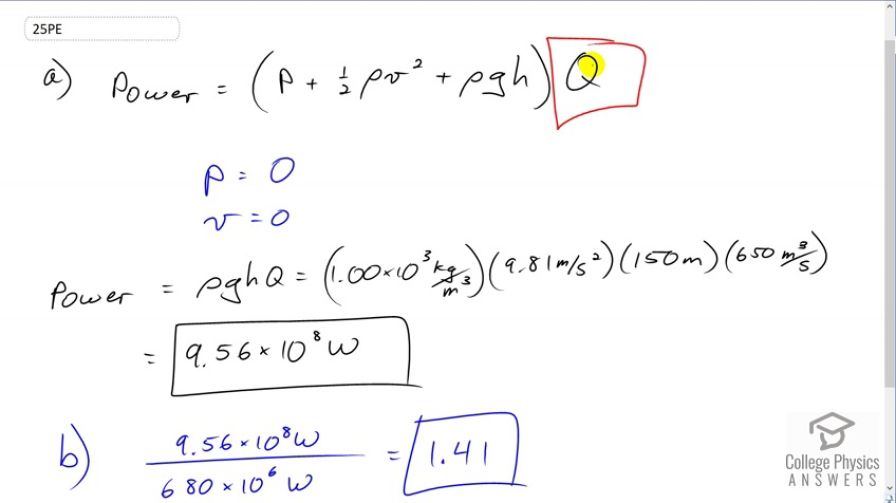Solution video
OpenStax College Physics, Chapter 12, Problem 25 (Problems & Exercises)

Calculator Screenshots
Comments
Shouldn't the height be 221m-150m?
Hi Emily,
Thank you for the question. You have the right idea: it's the different between the level of the water surface and the depth below that surface where the water is extracted that matters. However, I read the question as giving us a trivia fact for our own curiosity when it says the Hoover Dam height is 221m. That isn't the level of the water surface - if it was then the water would be spilling over the top of the dam and flooding the roadway on the top of the dam. The water surface level will always be maintained, by way of adjusting the intake gates, at a level below the top of the dam. With this in mind, it means we don't know the level of the water surface. It is not 221m. When the questions says "water taken from a depth of 150m" that means 150m below the water surface.
All the best,
Shaun


